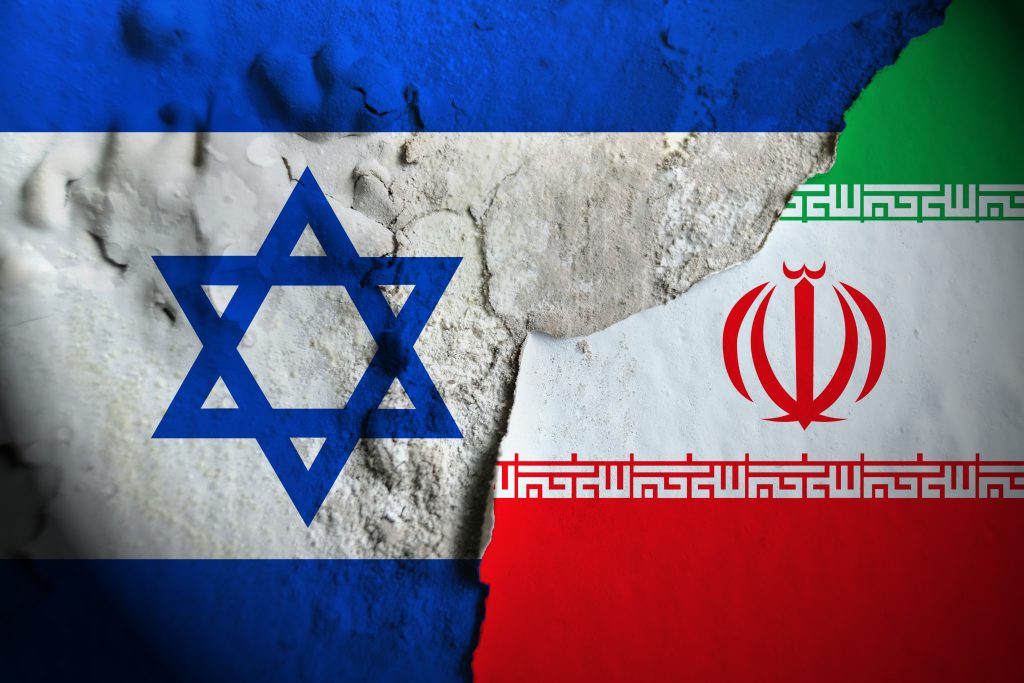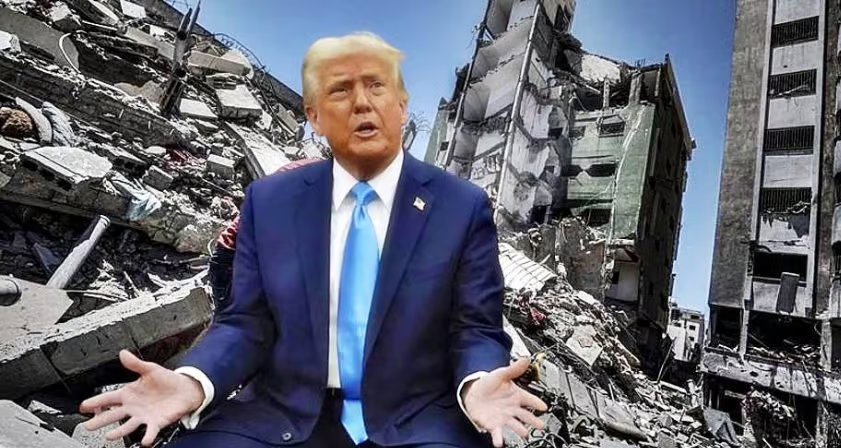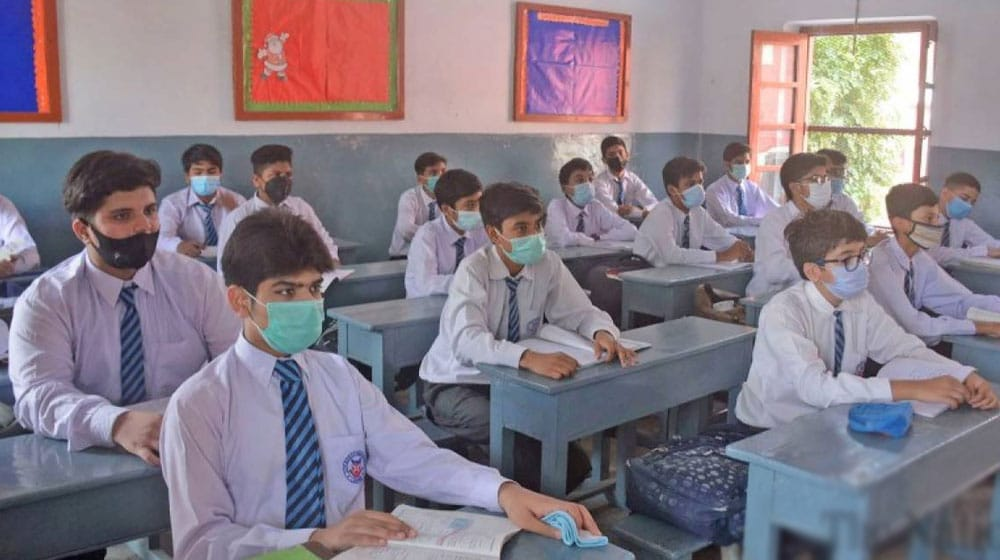12 Days of Iran–Israel War End with Fragile Truce
After twelve intense days of escalating strikes, the deadly confrontation between Israel and Iran appears to have paused as of June 24, following U.S.-brokered diplomatic efforts
🔥 From Outbreak to Stand‑Down
The conflict erupted on June 13 when Israel, with covert U.S. support, launched a broad aerial offensive targeting Tehran’s residential zones, nuclear facilities in Natanz, Esfahan, and military sites across Iran. The strikes reportedly killed several top Iranian generals and nuclear scientists.
Iran retaliated the same night with around 22 waves of drone and missile barrages directed at Israel, which inflicted damage on cities including Tel Aviv, Haifa, and Be’er Sheva .
By June 22, the U.S. joined the campaign, launching Operation Midnight Hammer, hitting Iran’s nuclear sites at Natanz, Fordow, and Esfahan.
🤝 Ceasefire in Place
Iran and Israel have not signed a formal peace treaty, but both sides—under pressure from President Trump and Qatari intermediaries—agreed to halt hostilities from June 24 Iran’s Foreign Minister Seyyed Abbas Araghchi stated that Iran would hold back “as long as the regime refrains from further aggression”
🎯 Goals vs Reality
-
Israel/U.S. – Aims:
Claimed motives included halting Iran’s nuclear ambitions. Yet U.S. intelligence and the IAEA concluded Iran wasn’t close to weaponizing its program Critics argue that the offensive reflected a bid for regime change rather than nuclear prevention -
Iran’s Response:
Iran successfully relocated 400 kg of 60% enriched uranium, safeguarded core facilities, and overall remained resilient It lost key personnel but sustained national unity under Supreme Leader Khamenei.
Must Read:
Iran-Israel Ceasefire: How Qatar Silently Brokered an End to the ’12-Day War’
-
Iran:
-
Approx. 610 civilian deaths, including scientists and military leaders.
-
Mass evacuation of Tehran, causing large‑scale internal displacement and internet shutdowns to clamp down on panic.
-
-
Israel:
-
Around 28–30 civilian fatalities, with over 3,000 injured across multiple cities.
-
Significant destruction in Tel Aviv, Haifa, and Be’er Sheva; economic losses equivalent to 20 months of previous regional conflict.
-
Widespread civilian exodus, with Israelis fleeing through Cyprus and Sinai.
-
-
United States:
-
Strikes failed to disable the nuclear program permanently—the damage is repairable within months.
-
Suffered reputational harm as global trust in Trump-era diplomacy declined .
-
⚠️ What Lies Ahead?
The region remains dangerously unstable. Iranian officials warned they reserve the right to resume strikes and possess untapped capabilities.
Historical breaches of ceasefires by Israel and the U.S., plus lingering mistrust, mean this truce is fragile at best .




